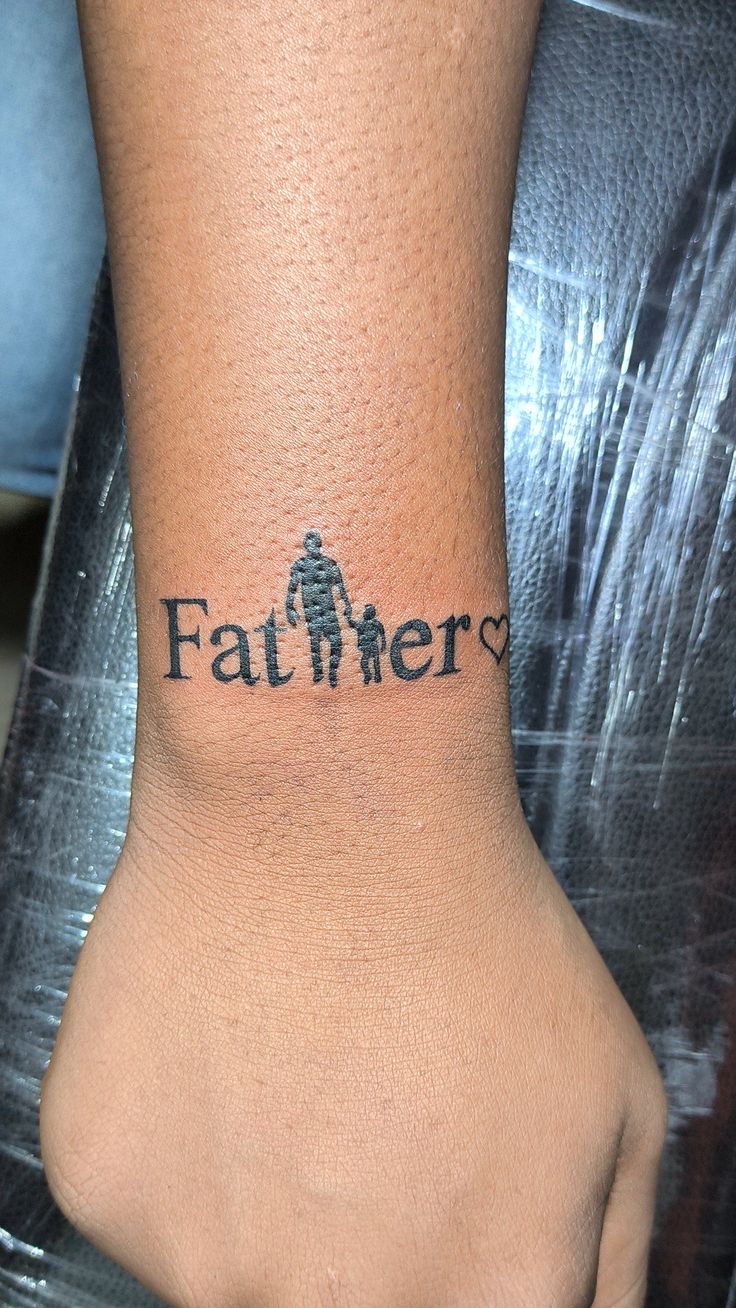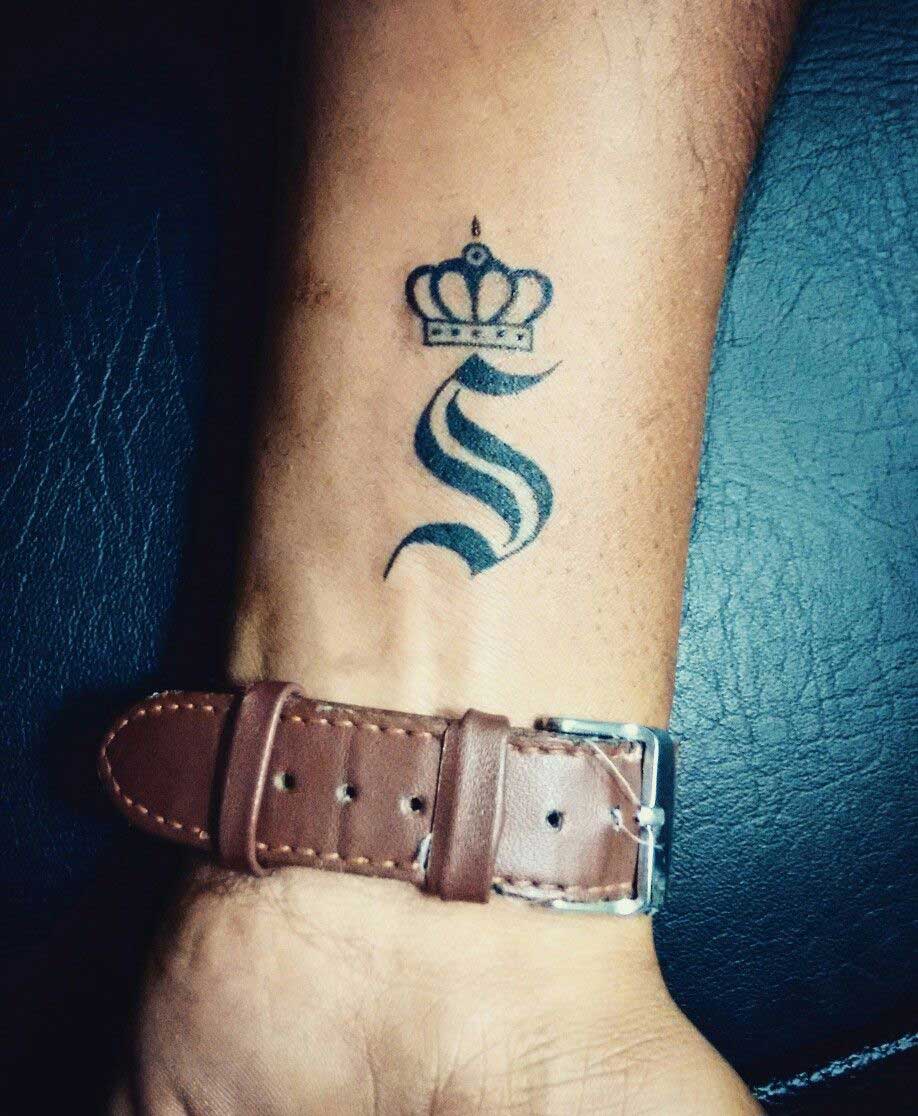Russian WW1 Fighter Plane

Introduction to Russian WW1 Fighter Planes

The era of World War I was a transformative period for aviation, marking the first time aircraft were used in combat. Among the nations involved, Russia played a significant role, despite facing numerous challenges, including a vast and diverse territory and significant industrial and technological deficiencies compared to Western powers like Germany, France, and Britain. Russian WW1 fighter planes, though not as renowned as their counterparts from other nations, contributed significantly to the war effort and the development of aviation technology.
Early Russian Aviation

Russia’s entry into aviation was marked by the establishment of the Imperial Russian Air Service in 1912, which was tasked with organizing and developing the country’s air power. Initially, the service relied heavily on foreign-designed and manufactured aircraft, such as the Blériot and Nieuport planes from France. These early aircraft were primarily used for reconnaissance and training purposes.
Development of Indigenous Fighter Planes

As the war progressed, Russia recognized the need to develop its own aircraft industry to reduce dependence on foreign suppliers and to meet the specific demands of its vast territories and diverse climate conditions. Several Russian designers and manufacturers made significant contributions, including Igor Sikorsky, who is more famous for his later work on helicopters but also designed and built several types of aircraft during WW1, and Dmitri Grigorovich, who developed a series of successful flying boats.
One of the notable indigenous Russian fighter planes of the period was the Sikorsky S-16, a single-seat, single-engine biplane designed for reconnaissance and fighter roles. Although it did not see widespread service, it represented an important step in Russia’s development of its aviation industry.
Foreign Influence and Collaboration

Despite efforts to develop indigenous designs, Russia continued to rely heavily on foreign aircraft, particularly from France. The Nieuport 11 and Nieuport 17 were among the most successful fighter planes used by the Russian Air Service. These planes were known for their maneuverability and climb rate, making them highly effective in dogfighting. Russia also purchased SPAD S.XIII fighters from France, which were used by some of the most successful Russian aces of the war.
Notable Russian Aces

Several Russian pilots distinguished themselves during World War I, earning recognition as aces. Aleksandr Kazakov is often credited as Russia’s first flying ace, scoring his first victory in 1915. Other notable aces included Donat Makijonek, Pavel Argeyev, and Viktor Fyodorov, who flew a variety of aircraft, including the Nieuport 11 and SPAD S.XIII.
Challenges and Legacy

The Russian aviation effort during WW1 faced significant challenges, including supply chain issues, lack of standardization, and the vast distances over which aircraft had to be transported and maintained. Despite these challenges, the experience and technological advancements gained during this period laid the foundation for the development of Soviet aviation in the years following the Russian Revolution.
The legacy of Russian WW1 fighter planes and their pilots can be seen in the rapid advancement of Soviet aviation technology in the interwar period, leading to the development of highly successful fighter planes like the MiG-3 and Yak-1 during World War II.
🚀 Note: The development of Russian fighter planes during WW1 was a critical step in the nation's aviation history, laying the groundwork for future advancements.
In summary, Russian WW1 fighter planes, while often overshadowed by those of other nations, played a crucial role in the war and in the development of Russian and later Soviet aviation. The challenges faced and overcome during this period paved the way for significant advancements in the years to come.
What was the primary role of early Russian aircraft in WW1?

+
Early Russian aircraft were primarily used for reconnaissance and training purposes.
Who was a notable Russian aircraft designer during WW1?

+
Igor Sikorsky was a notable Russian aircraft designer who made significant contributions during WW1, including the development of the S-16 fighter plane.
What foreign fighter plane was widely used by the Russian Air Service during WW1?

+
The Nieuport 11 and Nieuport 17, as well as the SPAD S.XIII, were among the foreign fighter planes widely used by the Russian Air Service during WW1.



